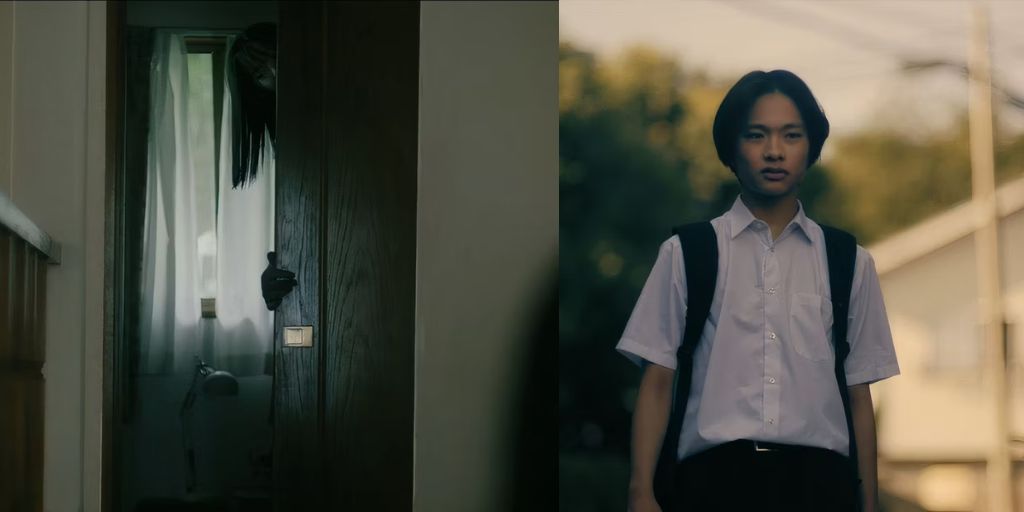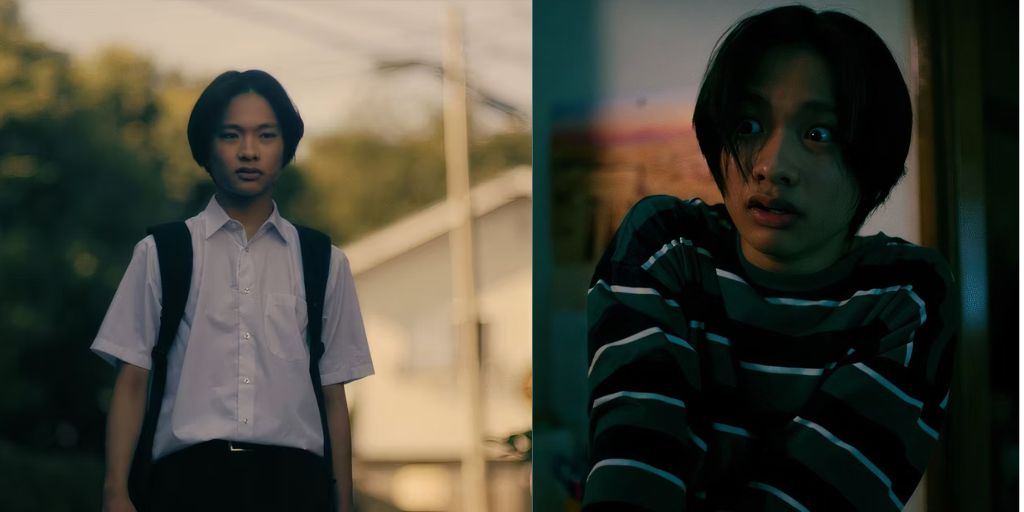Moving into a new home is always a mix of excitement and stress. New homeowners deal with various issues like landlords, parking, and HOA fees. Sometimes, these problems are simple, but other times, they include unexpected challenges, like a ghost or other supernatural disturbances.
In “House of Sayuri,” a Japanese family discovers their new home comes with a frightening addition: the ghost of a murdered girl. The ghost’s presence creates intense pressure, leading to tragic outcomes in Koji Shiraishi’s latest horror film. This movie blends horror with some comedic moments, creating a unique viewing experience.
Ghosts in homes is a common theme in Japanese horror films. Classic examples include Masaki Kobayashi’s “Kwaidan,” Hideo Nakata’s “Ringu,” and Takashi Shimizu’s “Ju-On: The Grudge.” Koji Shiraishi is familiar with this theme from his own works like “Noroi: The Curse” and “Sadako vs. Kayako.”
In “House of Sayuri,” the previous family’s wrongdoings affect the new occupants, leading to devastating results. The film has effective scares and some humorous parts, but its shifting tones and certain character developments can be jarring. Despite this, it’s a J-horror film worth watching.
What is ‘House of Sayuri’ About?
The Kamiki family dreams come true when they buy a beautiful house in the countryside. However, their happiness is short-lived as a ghost appears, bringing voices and possessions. The haunting grows more menacing, endangering every family member.
The eldest son, Norio (Ryoka Minamide), and his grandmother, Harue (Toshie Negishi), must confront the ghost. Harue’s dementia fades as she helps defend the family and uncover the ghost’s tragic past.

“House of Sayuri” explores interesting ideas: the inescapability of a family’s sins, the suffering of the innocent, and how one’s life force might offer some protection against supernatural threats.
The film contrasts the kind and humorous Kamiki family with the dark history of the house. The ghost’s forms reflect its traumatic past, connecting it to the home’s dark secrets. This film is detailed and well-crafted, with each element serving a purpose.
“House of Sayuri” stands out due to its strong character performances. The Kamiki family is well-acted, especially Ryoka Minamide, who skillfully portrays a loving brother and a terrorized victim. Despite some issues with the character arc and script, Minamide’s performance is notable. Hana Kondo also shines as Nao Sumida, Norio’s love interest with strong intuitive abilities.
In the film’s second half, Toshie Negishi delivers a powerful performance. Her character fights the ghost with determination and humor, using life force to combat the entity. Her intensity and memorable lines, like “Sweet revenge!” add to the film’s unique appeal.
“House of Sayuri” features noticeable tonal shifts. The ghost’s threat is initially portrayed with suspense and fear. However, the film’s tone shifts to a more comedic and uplifting style during the training montage. This shift, while distinctive, may feel out of place for some viewers.
As the story reveals the ghost’s tragic past, the tone becomes serious and dramatic. The film handles these tone changes with varying degrees of success, sometimes feeling like different films within one.
“House of Sayuri” is a strong film with impressive performances and a well-developed narrative. Koji Shiraishi manages to create memorable scares and engaging moments. While there are issues with tone transitions and character arcs, the film remains a compelling and entertaining addition to the J-horror genre.




